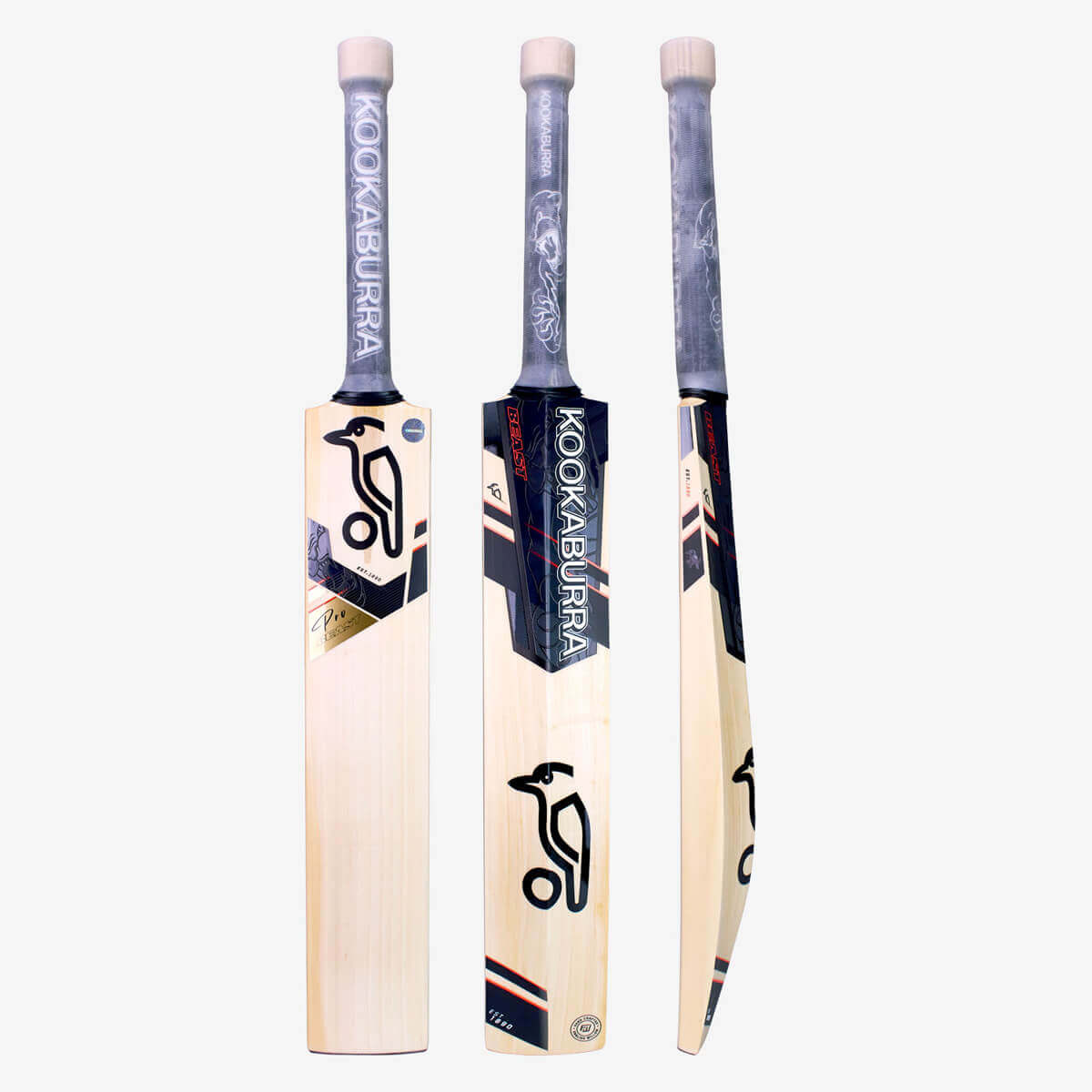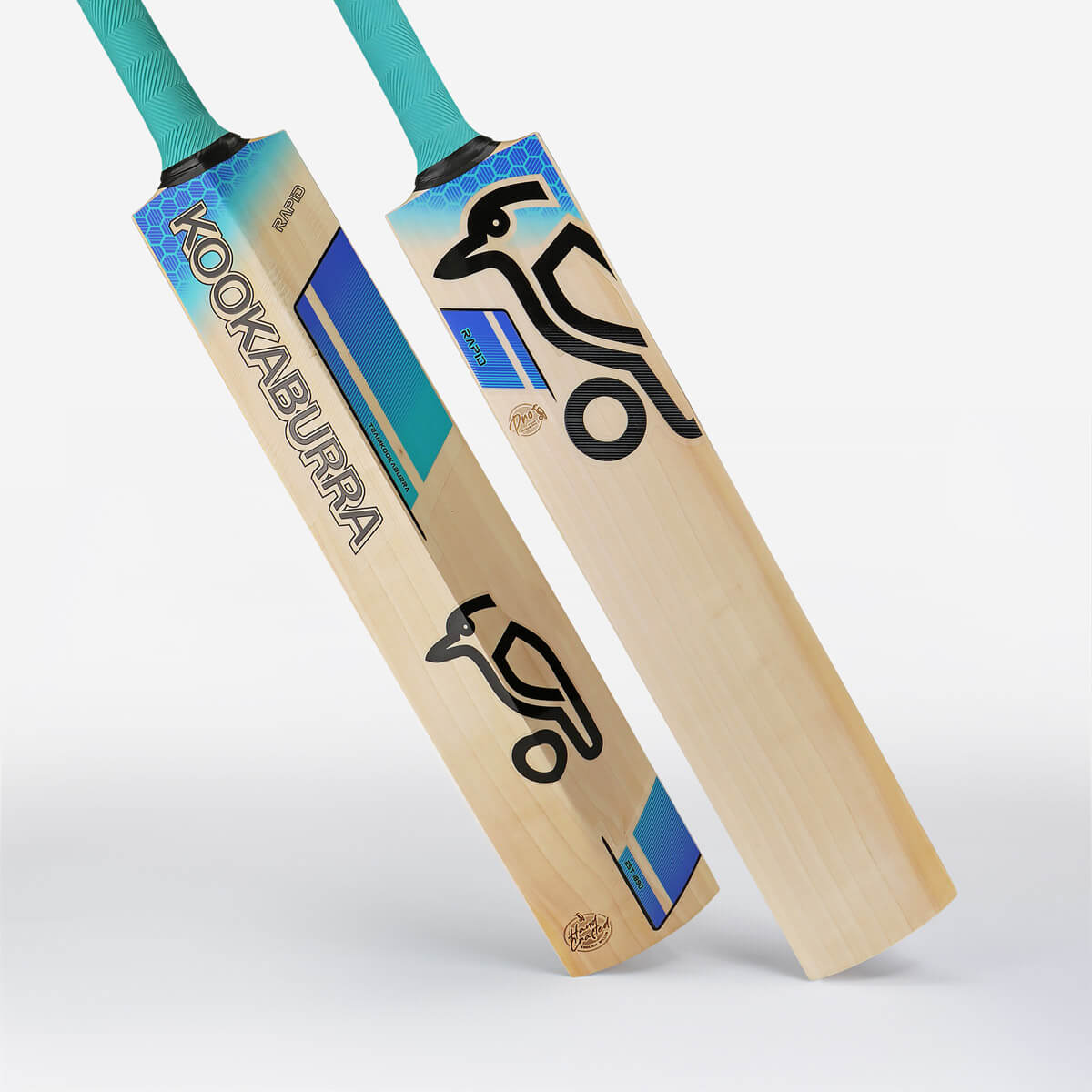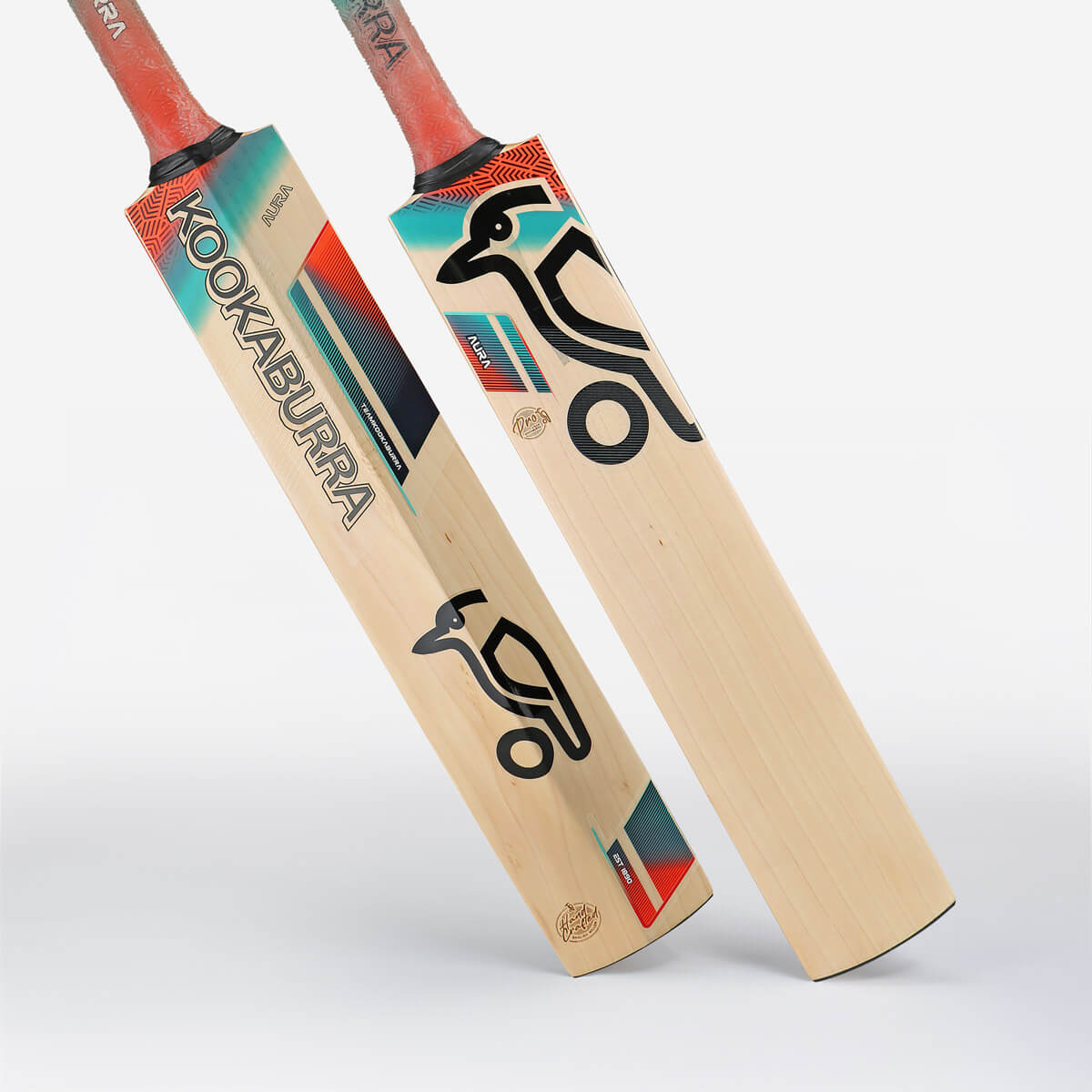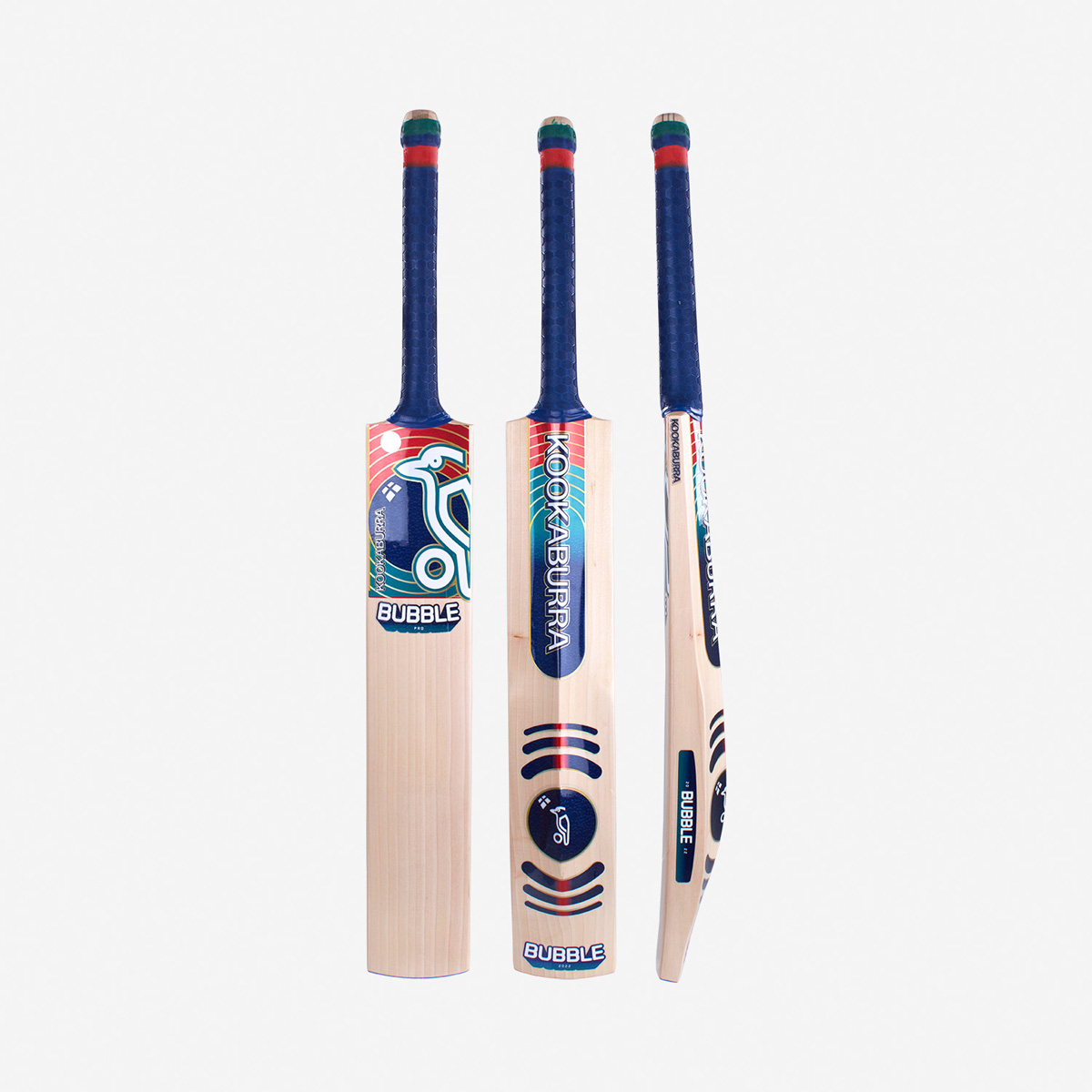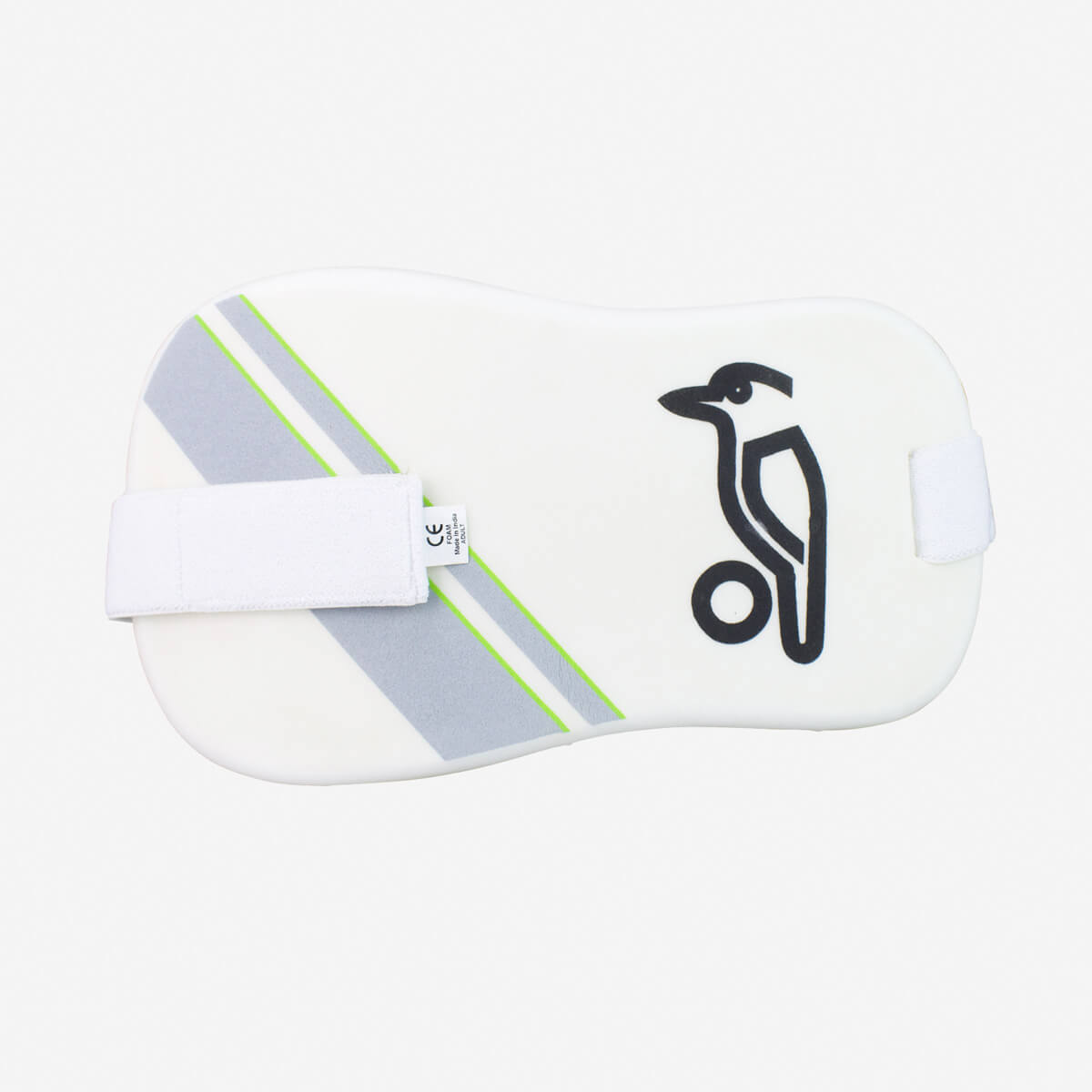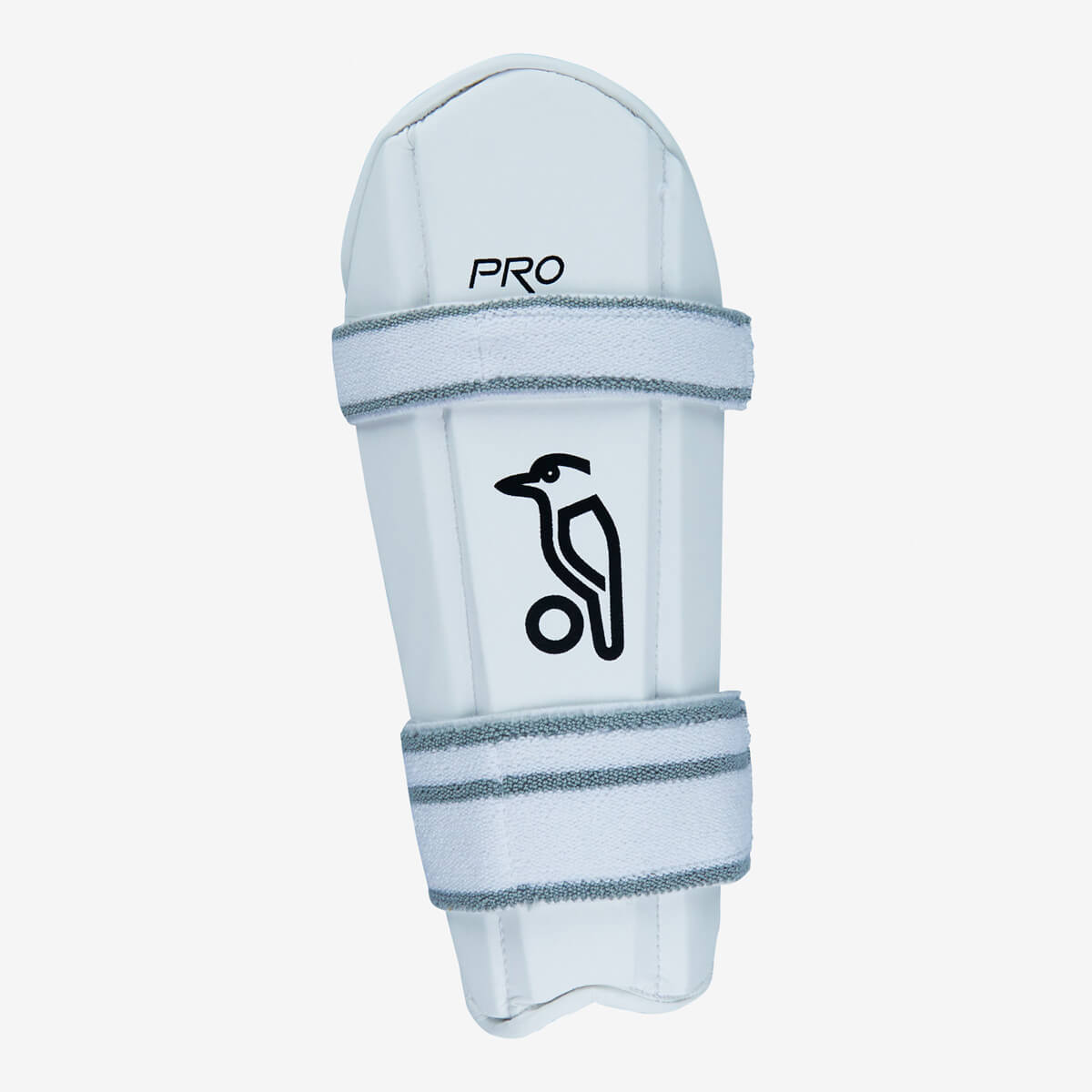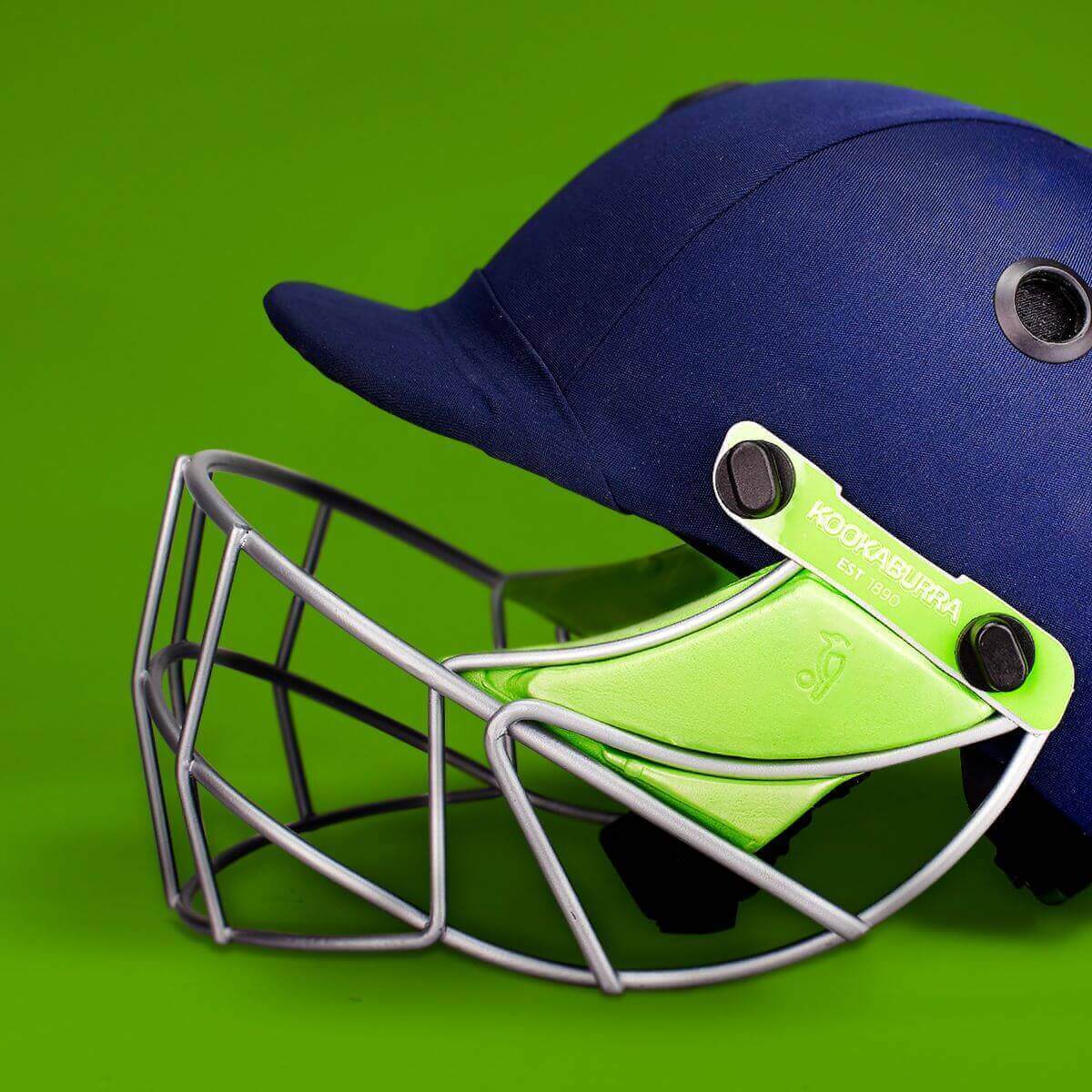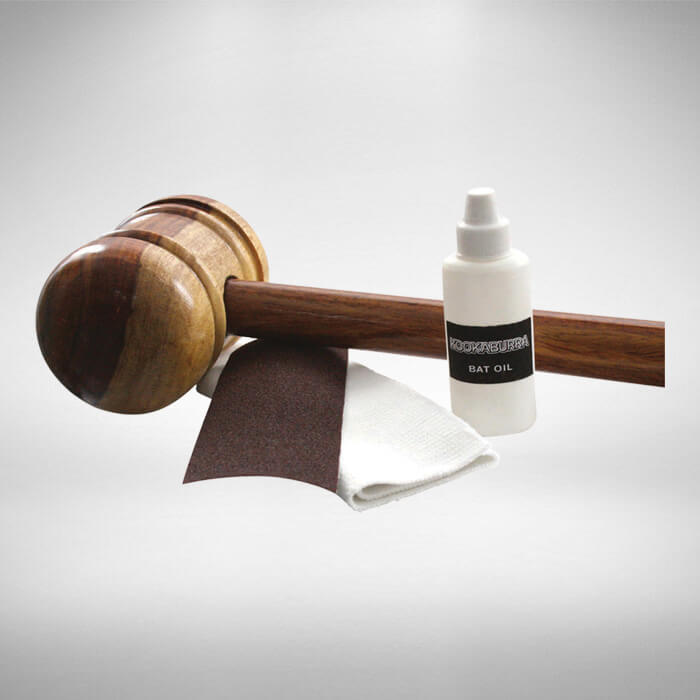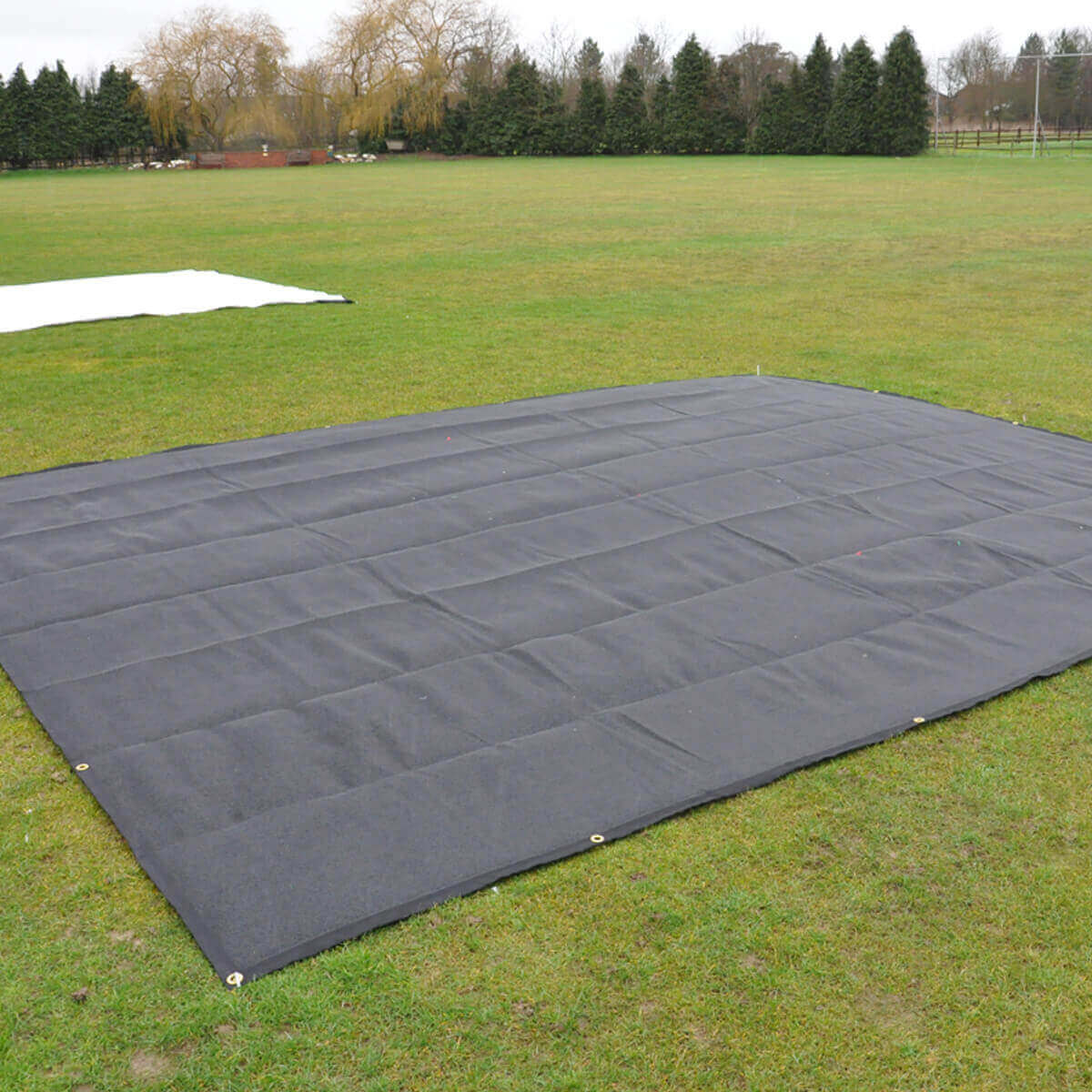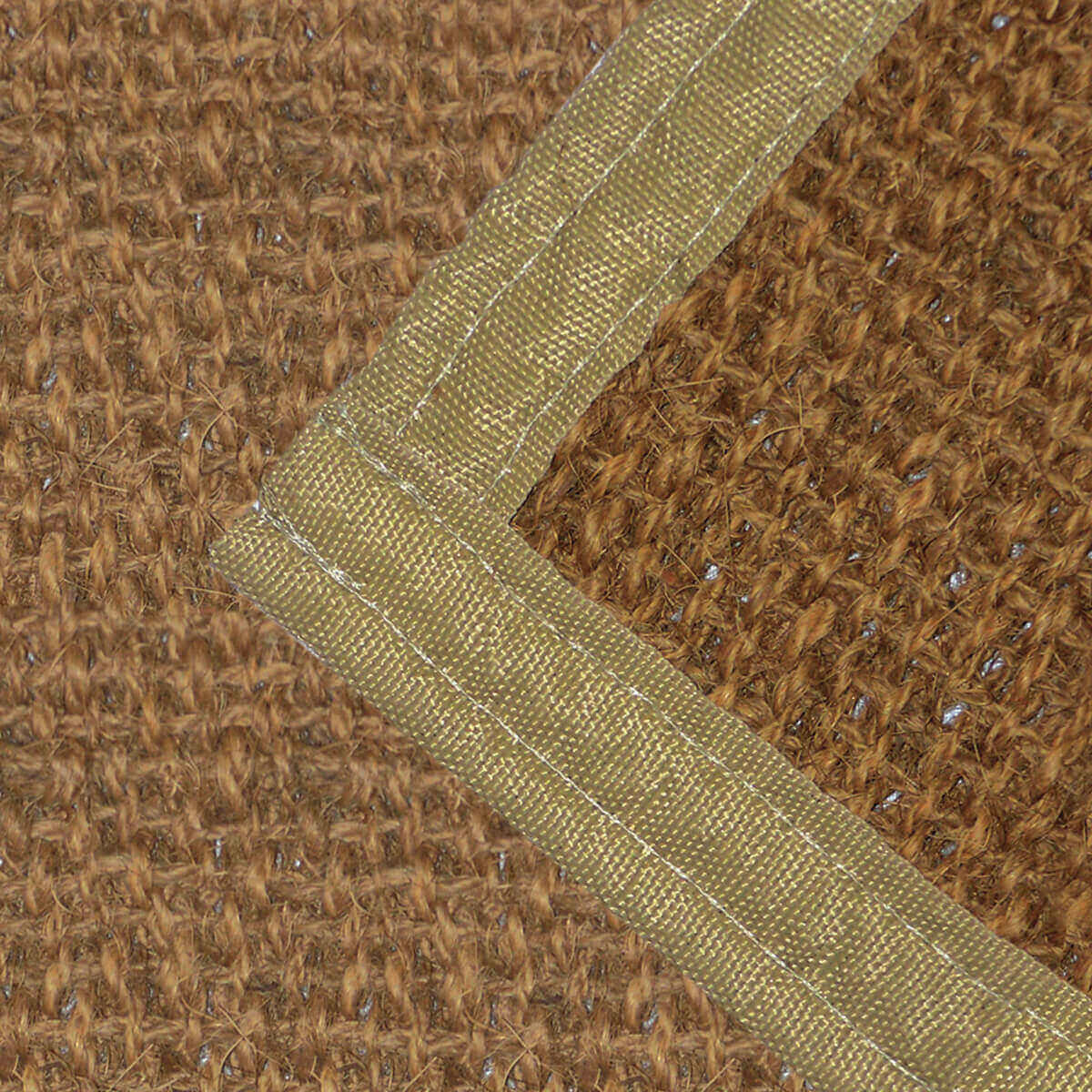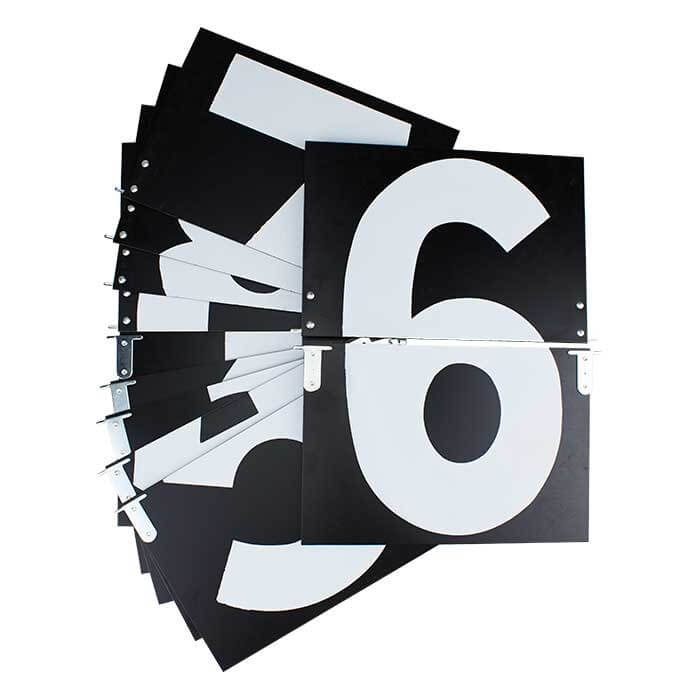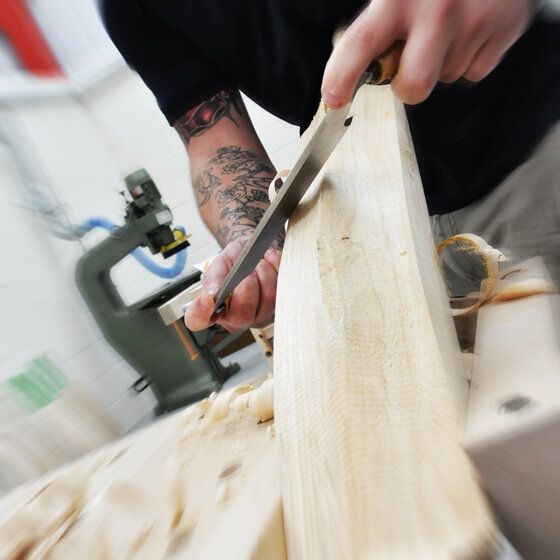Cricket Bat Guide
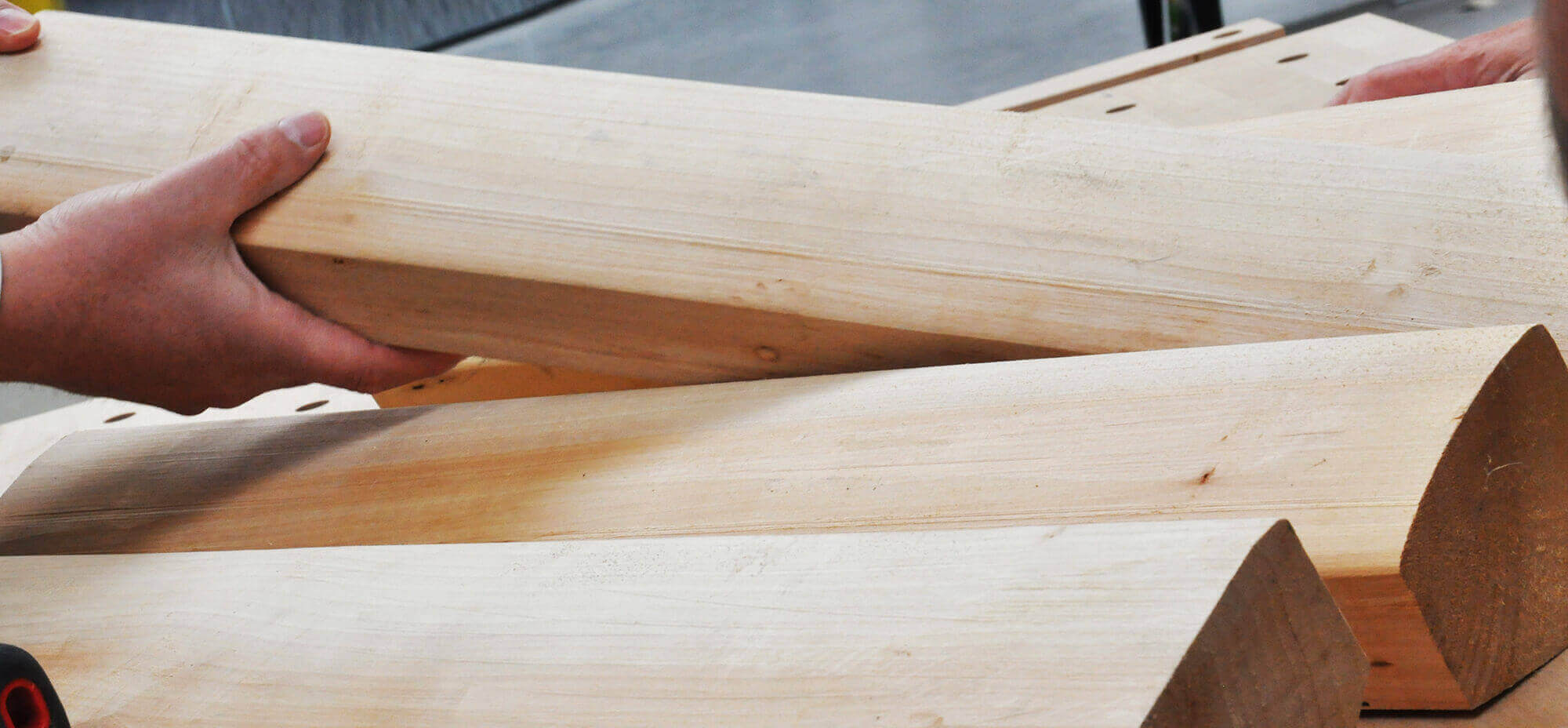
Selecting a cricket bat
Here at 3D Sports we appreciate that not everyone is an expert on cricket. We’ve come up with this guide to help new players and parents learn what equipment is required and what quality you are likely to need. Firstly, let’s take a look at Cricket Bats
Perceived by every cricketer as the most important item of all, the cricket bat is every players pride and joy.
What types of willow are cricket bats made from?
Cricket bats are manufactured from willow as it is the most hard wearing and highly performing material for the job. The two main varieties of cricket bat willow are English Willow and Kashmir Willow.
English Willow is exactly how it sounds, grown in England. The wetter conditions mean that willow has a higher moisture content and this contributes to English willow being the best quality and longest lasting variation of willow. Almost all Senior Club Cricketers in the UK use an English Willow cricket bat, however as it’s a premium, better quality willow, it does come at a higher cost.
Kashmir Willow is grown in India, in hotter and dryer conditions. This has an impact on the properties of the willow itself, meaning that the bats are dryer and harder, which affects the bats’ performance and longevity. The willow is also a little denser, which means that cricket bats manufactured from Kashmir willow tend to be a little heavier. As Kashmir willow is a lower quality of willow it does mean that the price is considerably lower.
How much do cricket bats cost?
For the beginner junior player, we would recommend a Kashmir willow cricket bat. Kashmir willow does the job at a cost that won’t break the bank and put parents off!
The entry price of a junior Kashmir willow cricket bat is around £20, going up to £50 for a better quality bat. This is ideal as it is an inexpensive bat to try out and decide if you’re really going to give cricket a go. As you become a better player, you may wish to upgrade to something a little more expensive – meaning that the bat will have a nicer finish and improved performance level (so when you hit it well, it goes further!!).
Once you’re taking the game a little more seriously and decide it is the sport for you, it is time to look at investing in an English willow bat. Priced from around £50, cheaper English willow bats usually come with a covered face and back. The reason for this is that the willow sometimes isn’t as aesthetically pleasing to look at, but is nevertheless functional. As you go up in price, bats improve both aesthetically, but also more importantly, in their performance. The phrase ‘you get what you pay for’ is particularly true when it comes to purchasing cricket bats and cricket equipment.
What size cricket bat do I need?
In order to develop stroke-play, it is vitally important that a players have a cricket bat that is both the correct weight and size. To assist this we offer a range of products which will allow aspiring players to develop their range of shots and play the game as their coaches would like.
| BAT SIZE | PLAYER HEIGHT (cm) | PLAYER HEIGHT (in) |
|---|---|---|
| Size 1 | – 130 | – 4’3″ |
| Size 2 | 130 – 137 | 4’3″ – 4’6″ |
| Size 3 | 137 – 145 | 4’6″ – 4’9″ |
| Size 4 | 145 – 152 | 4’9″ – 5′ |
| Size 5 | 152 – 160 | 5′ – 5’3″ |
| Size 6 | 160 – 165 | 5’3″ – 5’5″ |
| Harrow | 165 – 170 | 5’5″ – 5’7″ |
| Small Adult | 170 – 175 | 5’7″ – 5’9″ |
| Short Handle | 175 – 183 | 5’9″ – 6′ |
| Long Blade | 183 + | 6′ + |
Willow Grading
Willow is graded by number, from Grade 1 being the most expensive to Grade 5 being the least expensive. The thing to bear in mind is that this grading only reflects the aesthetic appearance of the bat, and not the performance. For this reason, most manufacturers carry out their own internal grading and select bats based on the performance as well as aesthetics. If you’re paying £450.00 for a top of the range bat, you’d be very unhappy if it looked fantastic but didn’t perform very well! This does also mean that some better bats (£300+) may not look amazing aesthetically, but they are graded as such for their high levels of performance.
As you increase the price of the bat, the level of performance expected should also increase, and it’s your job as a customer to decide how much you’re willing to invest against the kind of performance you expect.
How many grains should a cricket bat have?
Generally we would expect a cricket bat to have wide grain if it has less than 6 grains on the face. The width of the grain is dependant on how fast the tree has grown and each grain represents one years’ growth. Factors affecting the rate of growth are the soil quality and amount of water available to the tree.
Generally 12 to 18 years gives a wider grain with 25 years or more a narrower grain. Whilst there are many popular theories that closer grain means better performance, there’s nothing in reality to prove this and higher performance is generally caused by the conditions in which the willow is grown and not the age or number of grains it has.
Preparing your Cricket Bat: Knocking In
Once you have purchased your new cricket bat, it’s vital to prepare it for play. This is called knocking in and is a preparation process that readies the bat for the beating it will take during its life. It involves striking up and down the face and edges of the bat with a special wooden bat mallet, which compresses the fibres of the willow. This has two benefits; it helps prevent and reduce the chance of serious damage being caused to the bat, and also increases the performance levels of the bat. When knocking in the edges, it is important to only do the front of the edge, where the ball is likely to strike the bat. Do not knock in the side of the edges (i.e. 90º to the face)
Most bats are already ‘pre-prepared’, which reduces the amount of time a player is required to carry out the knocking in process. It is not a full knocking in process and bats will still need a further 3-4 hours preparation with a mallet, before ‘playing in’ the bat in the nets against old, soft balls. By investing time in this preparation, you are increasing the life and performance of the bat.
Preparing your Cricket Bat: Oiling
The purpose of oiling is to maintain the moisture content within the cricket bat and avoid it drying out so that it splits and cracks. Oiling will also give a degree of weather proofing to the blade of the bat.
Most new bats have already been oiled however if you do need to oil your bat again apply a very thin coat of raw linseed oil using your fingertip and take special care not to apply any oil to the splice or handle. It’s really important not to over oil your bat as this may cause the willow to rot and will reduce it’s lifespan.
In between coats of oil that blade should be left in a slightly elevated position, with the handle above the blade. Allow each coat of oil to be absorbed before applying another. The maximum number of coats we would recommend would be 3. If the bat starts to discolour you have applied far too much.
Life Span of a Cricket Bat
All cricket bats supplied by 3D Sports come with a warranty period of 12 months (depending on usage). A cricket bat has a finite life span, and therefore a player who plays 7 days-a-week is going to find their bat reaches the end of its life much quicker than someone who only trains and plays twice-a-week.
An important aspect to remember is that all cricket bats can break. When trying to whack a very hard leather ball as far as you can, sometimes the bat is going to come off second best. As bats are manufactured from Willow, which is a natural resource, the possibility of breakage is higher than with ‘man-made’ materials. Small superficial cracks, dents and splits are not something to be worried about, nor will they affect the performance of the bat. If you have any worry we are happy to offer advice on cricket bat damage and repair.



